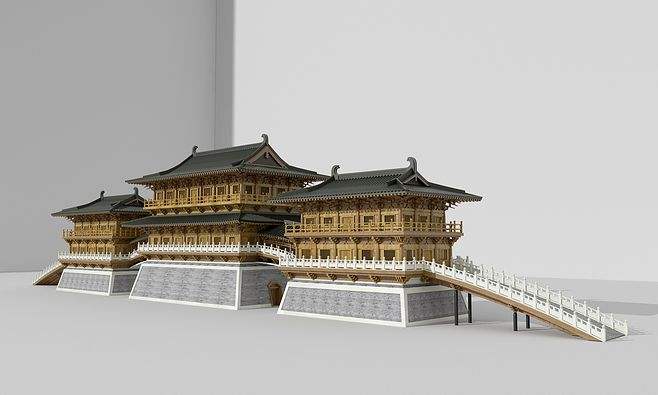West Garden–A Prestigious Imperial Garden in the Sui Dynasty
3 min readThe Sui and Tang dynasties were the prime time of the Chinese feudal economy.The garden art was also advanced substantially.During this period,the Chinese garden system and its style and characters were all brought into being.The imperia gardens were great and momentous,which demonstrated the vast land and impressive power of the empire.The public gardens developed very quickly and were widely constructed as a place either for literati and celebrities to hold feast or for the common people to stroll about and have a rest.One thing notable is that private gardens became mature step by step in the two dynasties.Gardens of the royal family and their noble relatives were luxurious and brilliant.The literati garden,however,distinguished itself from the others with its elegant tastes and displayed a poetic prospect near their own house.From then on,imitation of the natural beautiful objects gave its way to the creation of the stereotyped natural beauties.
The classic Chinese gardens stepped into a new era.
West Garden-A Prestigious Imperial Garden in the Sui Dynasty In Chinese history,the Sui dynasty was a quite short-lived feudal administration.Its rulers constructed many palaces and gardens.Emperor Sui Yangdi(605-618),a tyrannical and dissolute emperor,conscripted labor in his empire and launched many construction projects.Many magnificent imperial gardens were constructed under his reign,among which the West Garden was a great representative.

Built in the first year of Daye(the reign title of Sui Yangdi),the West Garden is just next to the Shang-Lin Park in its scale and strength.As stated in Chronicles of the Sui Dynasty,”The West Garden one hundred kilometers incircumference,in which there is a lake with a circumference of about six kilometers.Mounts,such as Penglai,Fangzhang,and Yingzhou,were erected in the lake.Pavilions,towers and storied,buildings were built on those mounts with an amazing height.To the north of the lake,a stream winded up along the sixteen courtyards,with gates all face the water.The whole garden is extremely gorgeous.”
Moreover,another book titled Miscellanies in the Years of Daye also contains a detailed depiction of the Xiyuan Garden.The book has a list of the gate names ofthe sixteen courtyards as well as a list of their locations and layouts.For each courtyard,there were three gates respectively on its east,west and south side.A wide canal named Longlin(the scale of the dragon)wound along all the gates,with a bridge flying over the water.About a hundred steps away from the other side of the bridge were densely planted poplars,willows,and slim bamboos.Precious flowers and rare herbs were found around corridors and steps.In addition,there were tens towers and storied buildings.The sixteen courtyards were assigned to different managers.People dug ponds to keep fish,and cultivate land to plant vegetables and fruit trees.Therefore,the garden almost included everything necessary for the daily life.
Within the garden,there were many artificially piled rockeries and waters.TheLonglin Canal,as a major water system,flew around all the three gates of each courtyard and strung up the total sixteen units.The whole garden became alive for its exquisite water arrangement.In terms of green space,it emphasized both the varieties of greenery and its harmonious relation with architecture around.The West garden was built with a distinct artistic conception and created an excellent environment.Though the garden provided accommodation to the imperial concubines;it was significantly different from the emperor’s forbidden palace and greatly influenced the imperial gardens in and after the Tang dynasty.








